Latinx Files: Put ‘Blood In Blood Out’ on a streamer, Disney

- Share via
When the film “Blood In Blood Out” came out 30 years ago, it bombed at the box office.
As director Taylor Hackford told The Times, that the movie came out on the heels of the L.A. riots — it was released nearly a year after the Rodney King verdict — spooked the higher-ups at Hollywood Pictures, a now defunct imprint operated by Disney.
“[Then-Chief Executive Michael] Eisner was really frightened that a violent crime drama might generate bad press for Disney. I wasn’t happy about it, but I did kind of understand it,” Hackford said. “Still, I was fighting for my film. What Disney agreed to was to test it.”
It didn’t help that a fight broke out at a test screening in Las Vegas. Still, the movie saw the light of day, albeit with a new name — “Bound By Honor”— and limited promotion.
Initial projections had “Blood In Blood Out” making $40 million at the box office. It made only $4.5 million.
To make matters worse, the film was largely panned by critics.
But despite all these things stacked against it, something interesting happened: “Blood In Blood Out” found its intended audience. Thanks in large part to home video and word of mouth, the nearly three-hour movie about three cousins from East L.A. became a cult classic.
Funnily enough, it was my older cousin Mike who first showed me “Blood In Blood Out.” We watched it at his house during a family gathering, and I would see it several times after when it aired on Mexican television — one of the benefits of growing up so close to the border.
When I learned of the film’s 30th anniversary a few months ago, I knew immediately that it was a story The Times needed to tell. “Blood In Blood Out,” after all, is largely set in Los Angeles and its staying power merited a commemoration. I approached film editor Matt Brennan with the idea of putting together a story package for it, and though he wasn’t too familiar with the film or its history, he agreed that we had to do something and gave me the green light.
It’ll be low-hanging fruit, I told him, confident that the stories we published would find their intended audience much like the movie did 30 years ago.
The Latinx experience chronicled
Get the Latinx Files newsletter for stories that capture the multitudes within our communities.
You may occasionally receive promotional content from the Los Angeles Times.
Sure enough, the wonderful and definitive long read longread written by Carlos Aguilar — he spoke to Hackford, writer Jimmy Santiago Baca, and the three co-stars (Damian Chapa, Jesse Borrego and Benjamin Bratt) — was one of The Times’ top performing stories this week. A film location guide put together by Times fellow Carlos De Loera also did well.
Much of the traffic came through social, which is to say, digital word of mouth. A tweet from author and journalist Shea Serrano brought in a lot of eyeballs — let me tell you, the “Shea Serrano bump” is very real. It also spread to Reddit’s main movie forum, where redditors turned the comment section into a quote-along. And of course, there was Facebook, which accounted for nearly a quarter of the main story’s traffic.
To be clear, not every Mexican American loves this movie. One friend in particular who grew up in the East Side (que onda, A.P.) took issue with the fact that we were giving roses to a movie he felt was laden with stereotypes and made a mockery of our culture. Still, it’s undeniable that “Blood In Blood Out” means so much to a lot of people.
What I find most fascinating about “Blood In Blood Out” is just how much the movie has thrived despite the odds stacked against it. Not just then, but now too.
As Aguilar points out in his story, “Blood In Blood Out” isn’t available on any streaming service, but several uploads of the full movie exist online and they’ve accrued millions of views in a short period of time — I won’t tell you where because I’m not a snitch, but I’m sure you can figure it out.
It’s truly mind-blowing that Disney has yet to make the movie available online given the entertainment behemoth is one of several companies battling out in the streaming wars. It’s even more shocking that they’re sitting on this surefire hit that would attract a Latinx audience, a demographic that over-indexes for streaming services.
“They’re leaving money on the table,” Hackford told Aguilar.
Disney doesn’t even have to wait until Hispanic Heritage Month to pick up this very easy win. They can make “Blood In Blood Out” available for Cinco de Mayo and call it “Cinco de Miklo.”
If you’re reading this and you’re someone who works for the Big Mouse, please make this happen. Show this to your bosses. You can even claim it was your idea.
It is, after all, low-hanging fruit.
Consider subscribing to the Los Angeles Times
Your support helps us deliver the news that matters most. Become a subscriber.
Things we read this week that we think you should read
— A couple of stories about SpaceX’s recent failed rocket launch near Boca Chica, Texas, highlight the political and environmental impact of the Elon Musk-run company’s activities in the Rio Grande Valley. The first, published by Texas Public Radio and written by Erin Sheridan, discusses the NDAs signed between governmental organizations in the RGV and SpaceX. The second, focusing on the potential health, environmental and ecological effects caused by the rocket debris that spread across several miles, ran on CNBC.com, written by Lora Kolodny.
— Nalleli Cobo, a 22-year-old award-winning climate activist and cancer survivor, wrote about SB 556, which would hold oil drilling companies legally responsible for harm caused to people living close to drilling sites in California — those most affected tend to be Black and Latinx. Read about Cobo’s advocacy to “put people before pozos” here.
— Times reporter Astrid Kayembe spoke with artist/cultural curator/Huntington Park native Anita Herrera about her fashion journey that spans from Pacific Boulevard to El DF and how she uses clothes and art to examine Mexican American identity.
— Singer and songwriter Kali Uchis spoke with Jon Pareles of the New York Times about her latest album, “Red Moon in Venus,” the exhaustion of touring while being an introvert, telling her truth through her music and her commitment to the “girls and gays.”
— What we are listening to: Podcast Locatora Radio, hosted by Diosa Femme and Mala Muñoz, recently did a two-part series on “no sabo kids” (formerly known as pochos), which examined the history of language violence in the U.S., provided testimonials from Latinx people who have complex histories with the Spanish language and talked with an organization dedicated to helping Latinx people learn, relearn or expand on their Spanish.
And now for something a little different...


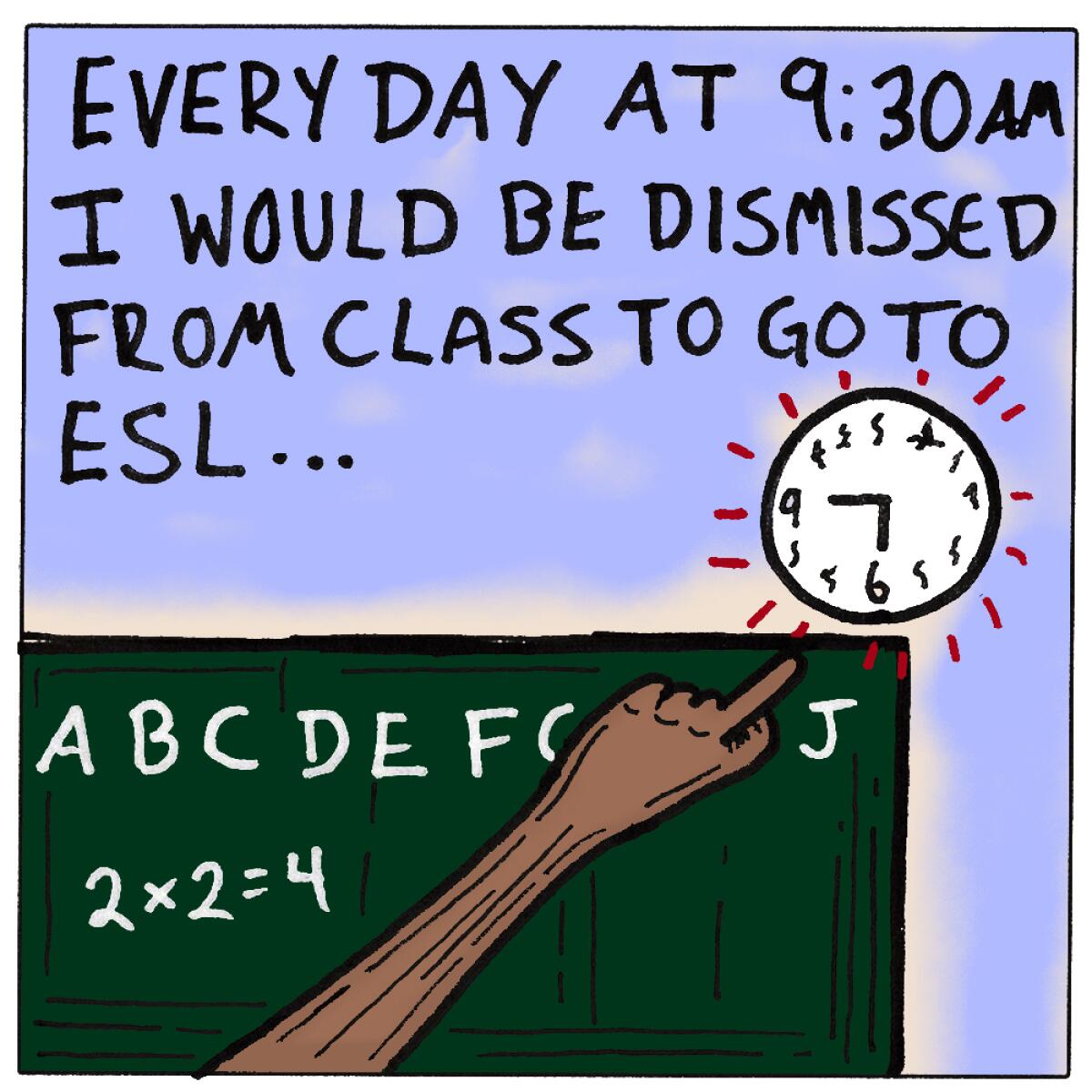
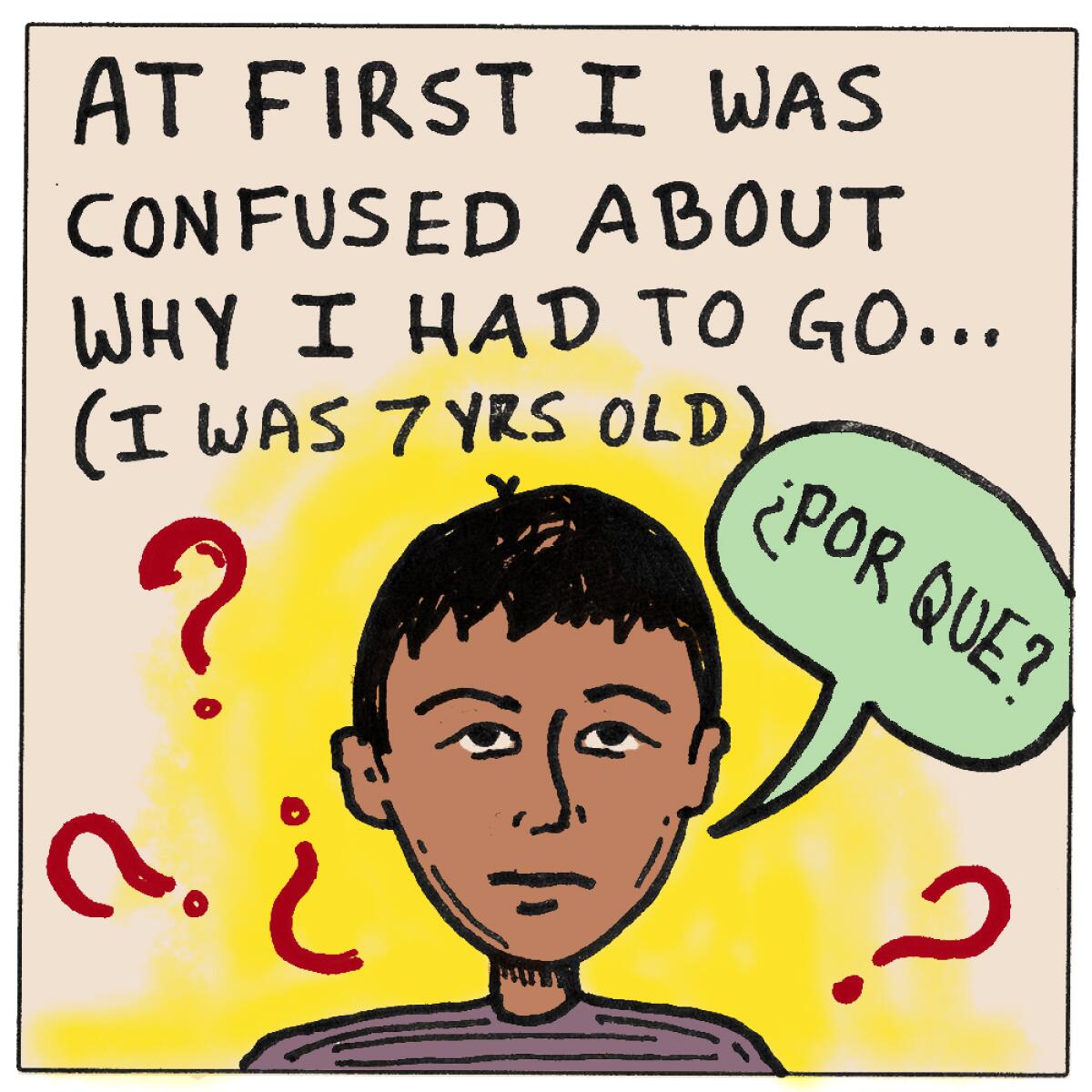


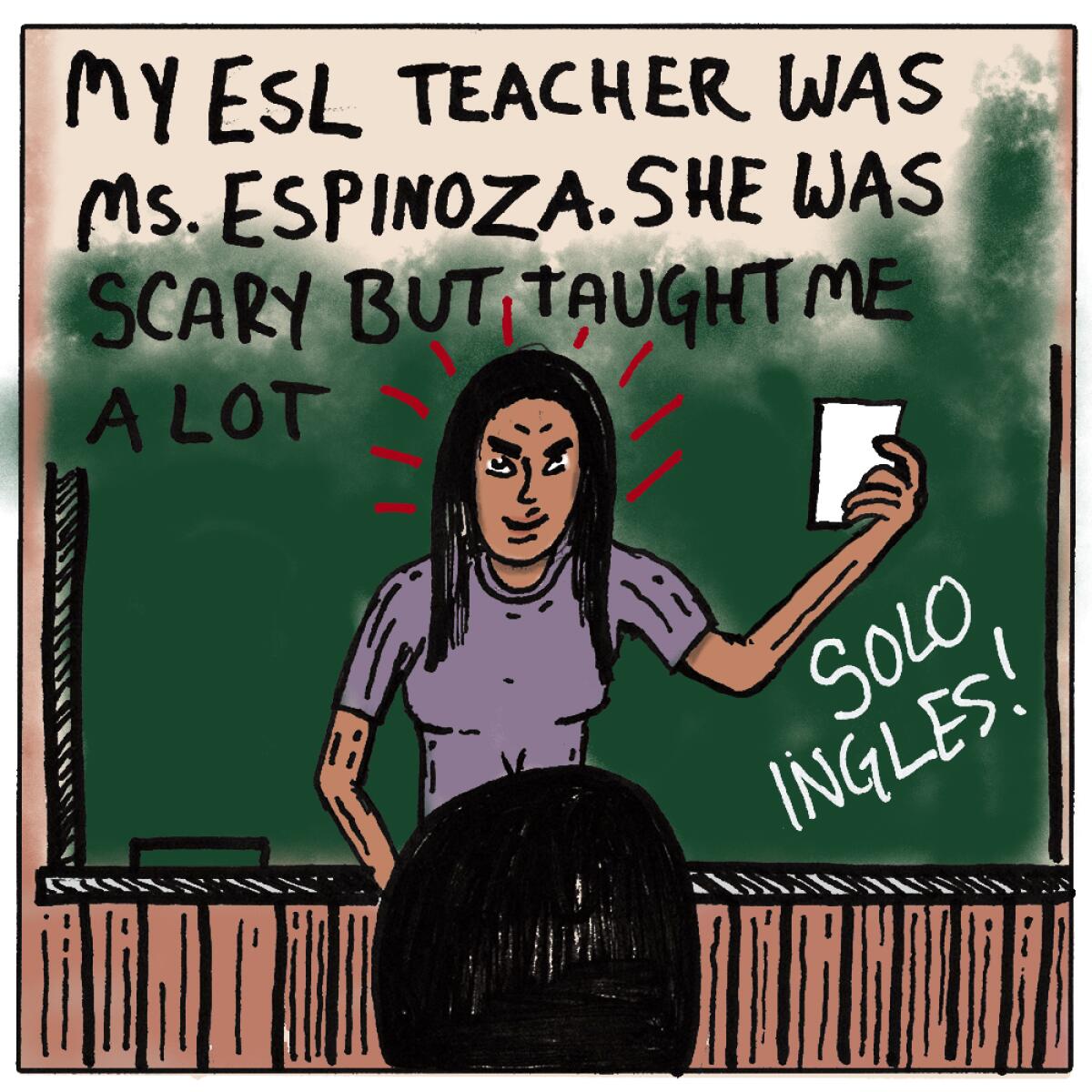

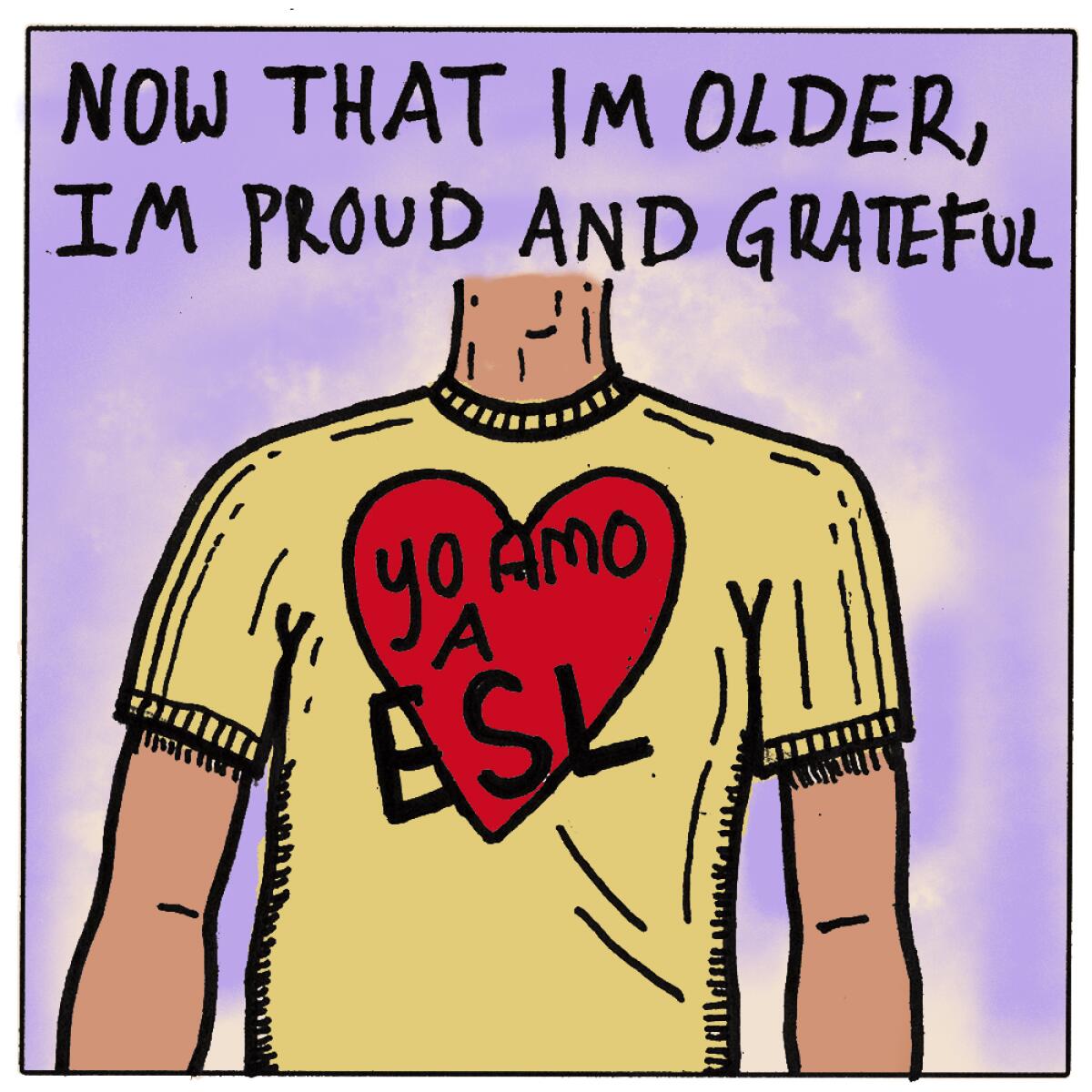
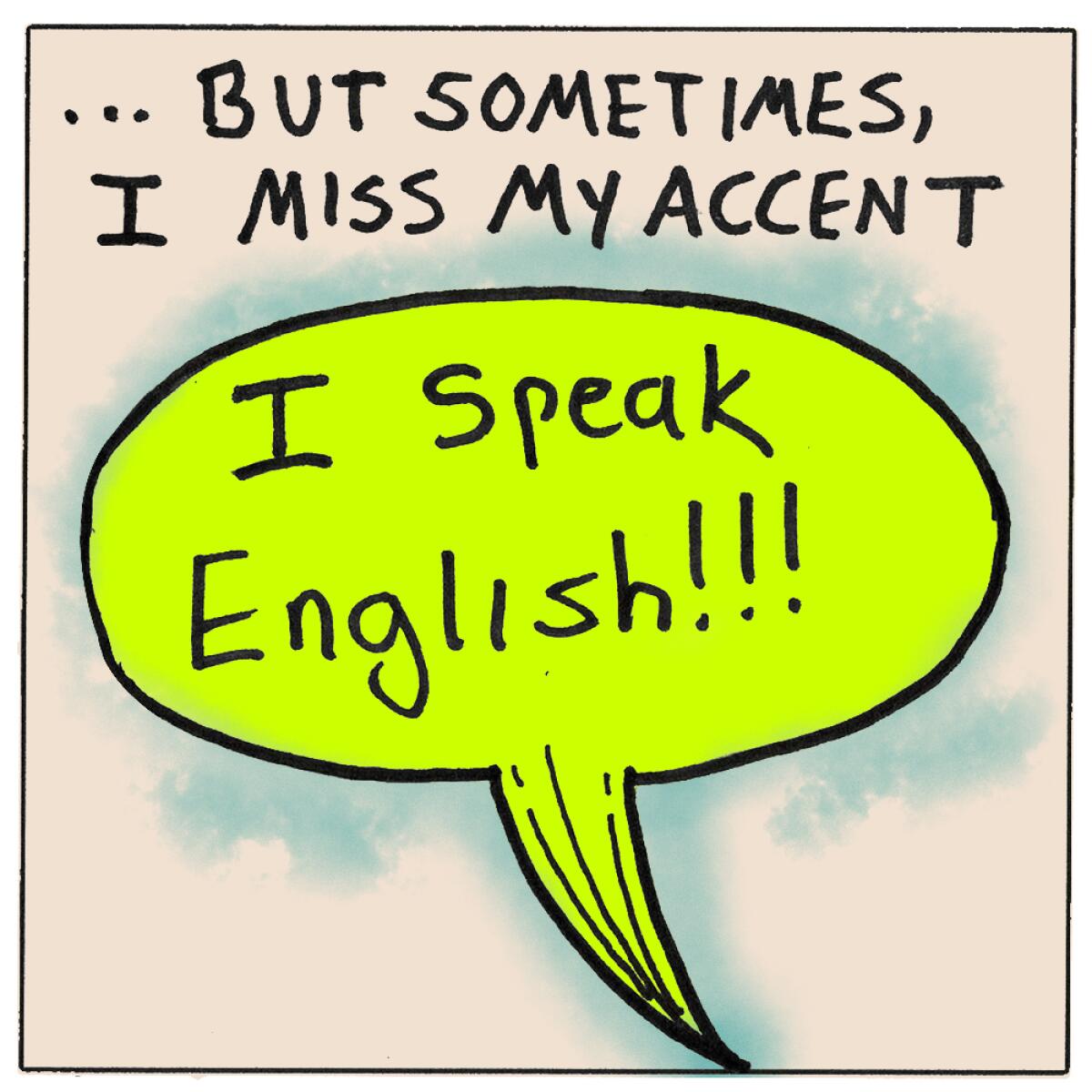
Steve Pineda is a Guatemalan American multimedia art director, artist, designer, photographer and filmmaker based in Los Angeles. His style comes from a combination of life experiences and visual narratives. Steve relishes each opportunity to bring together disparate elements of his surroundings and engages all of his projects with passion. Steve, his wife Caroline, and their daughter Dre run their creative studio, Fixé, in Los Angeles.
“I was raised in a household that spoke only Spanish. My father was the only one that learned English when he was living in Guatemala and that helped him get around when he arrived in Los Angeles. When I started attending elementary school, not understanding or speaking the language severely affected me. I wanted to learn more than anything. I wrote this comic in dedication to my journey and to not forget my roots. Our Spanish language is beautiful, but it is also important to expand our understanding as it opens more doors.”
Are you a Latinx artist? We want your help telling our stories. Send us your pitches for illustrations, comics, GIFs and more! Email our art director at martina.ibanezbaldor@latimes.com.
The Latinx experience chronicled
Get the Latinx Files newsletter for stories that capture the multitudes within our communities.
You may occasionally receive promotional content from the Los Angeles Times.







